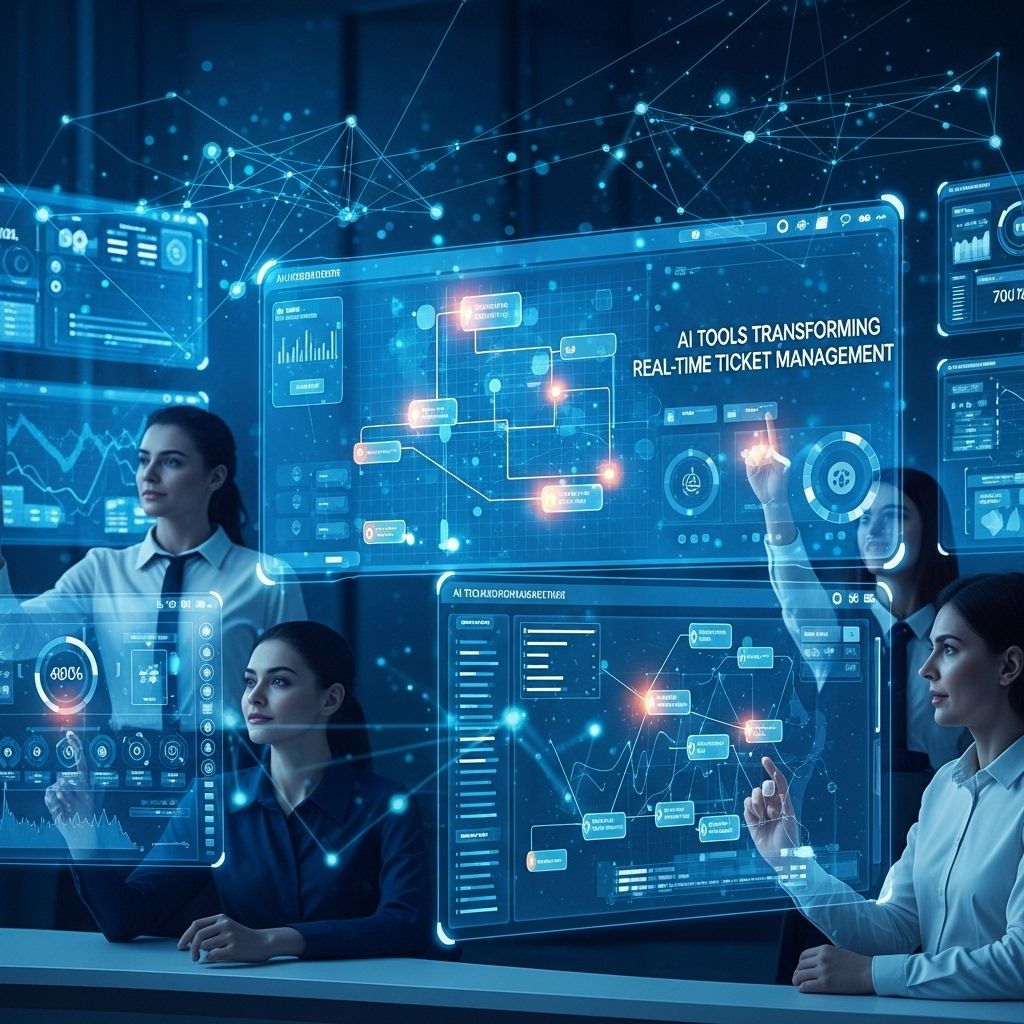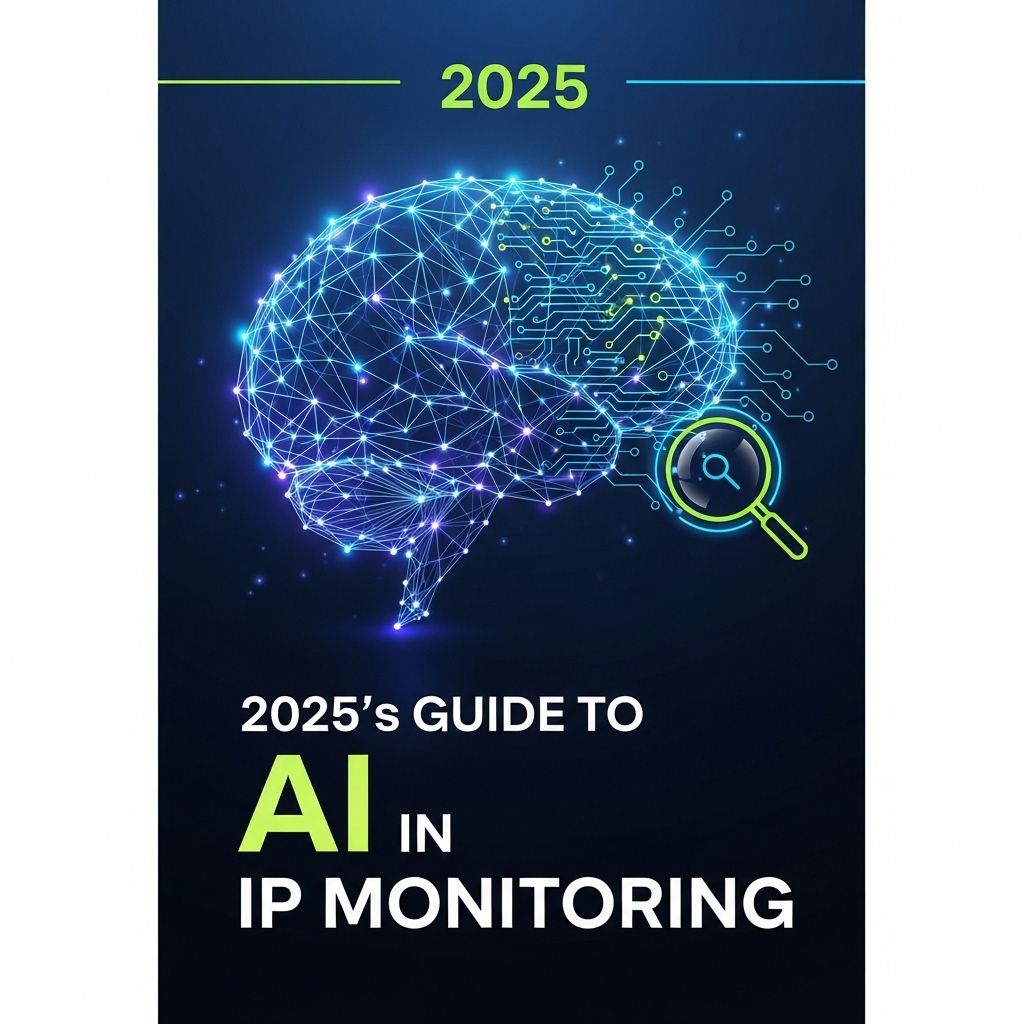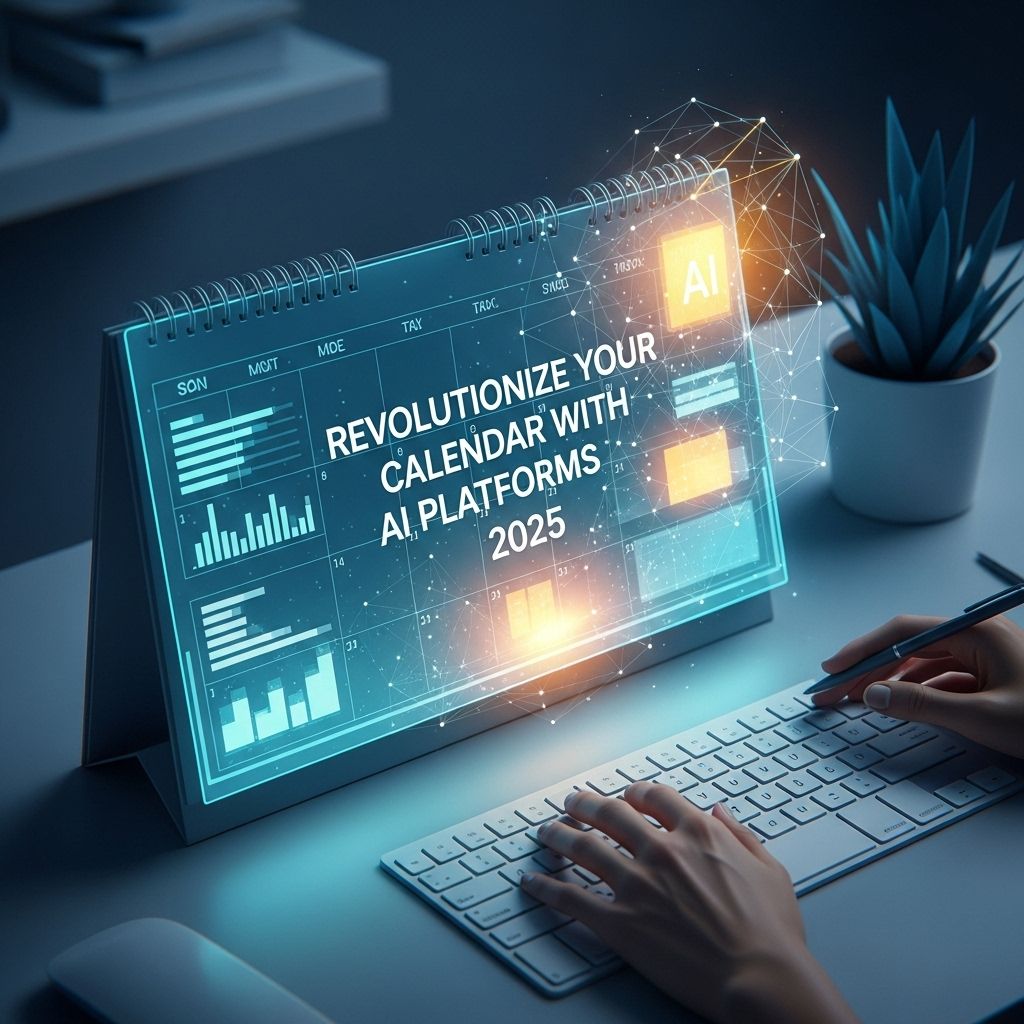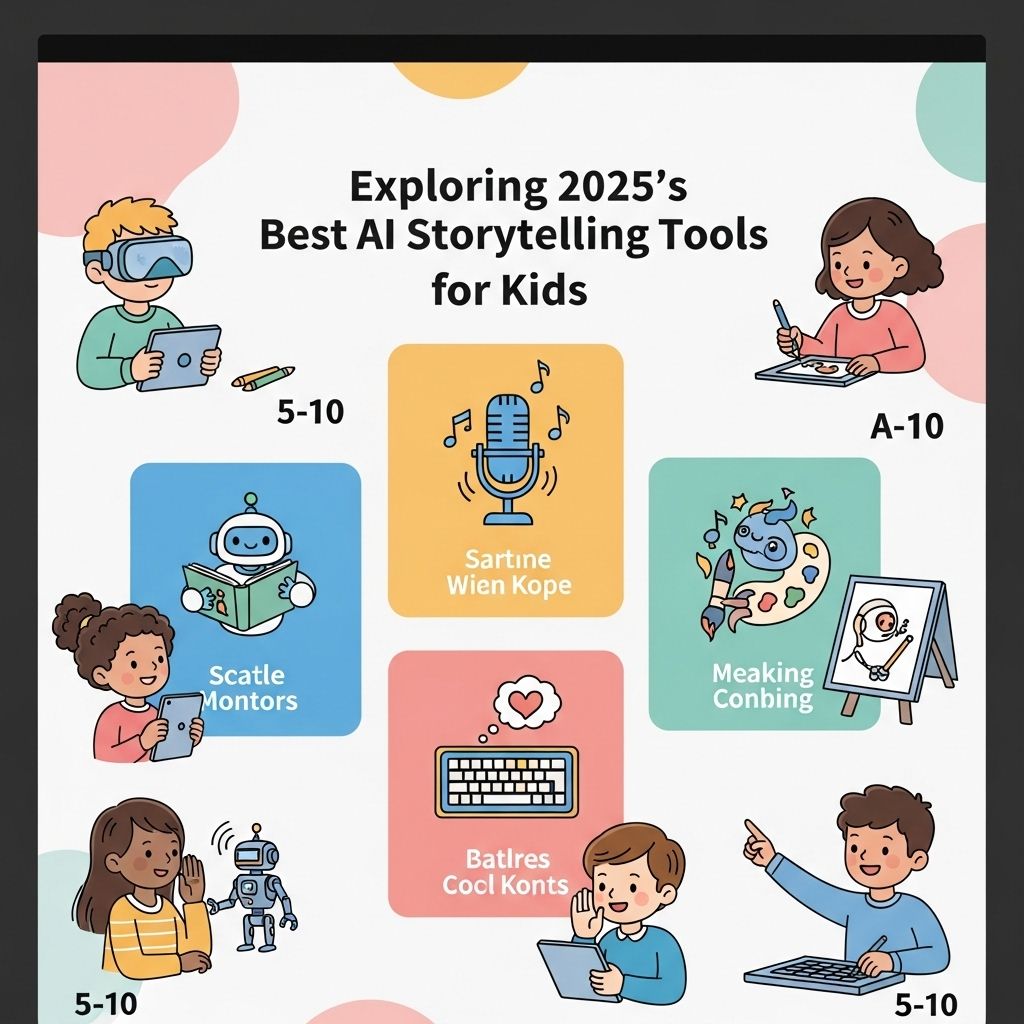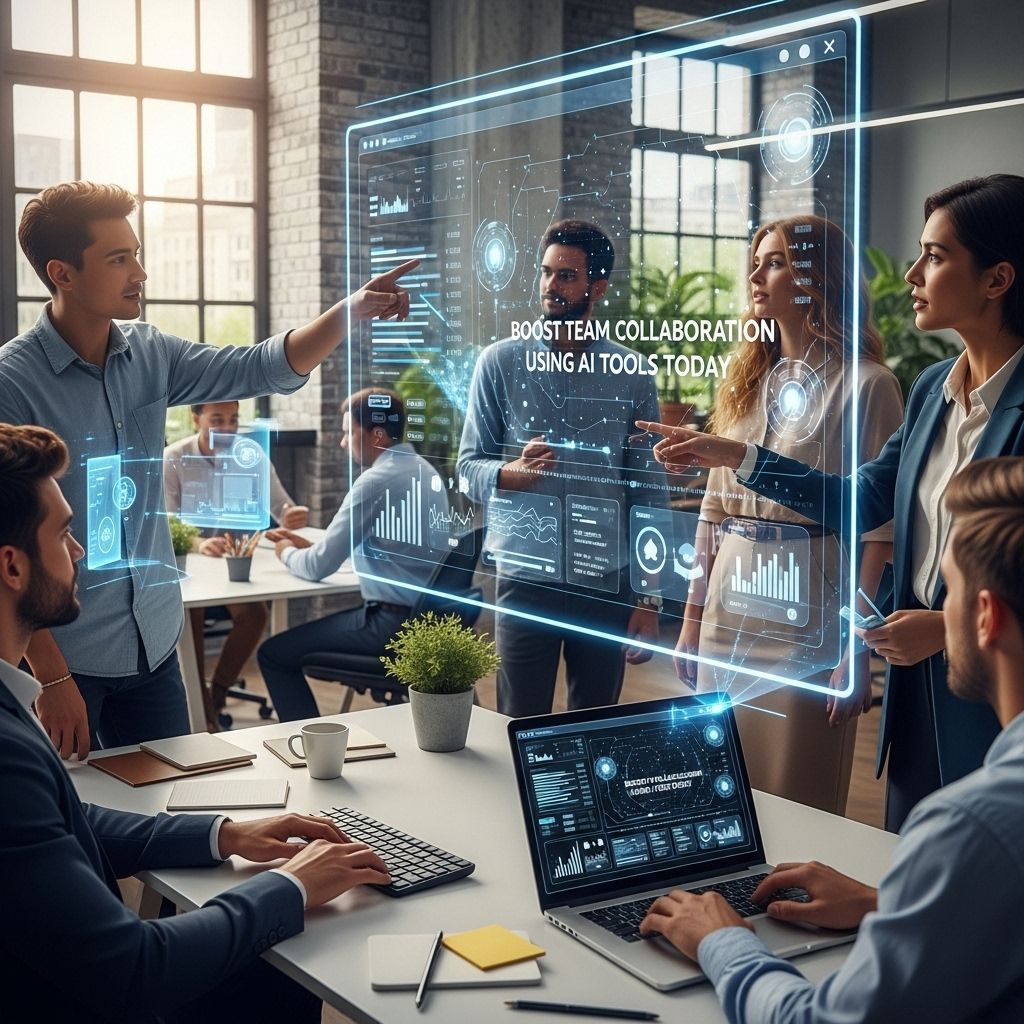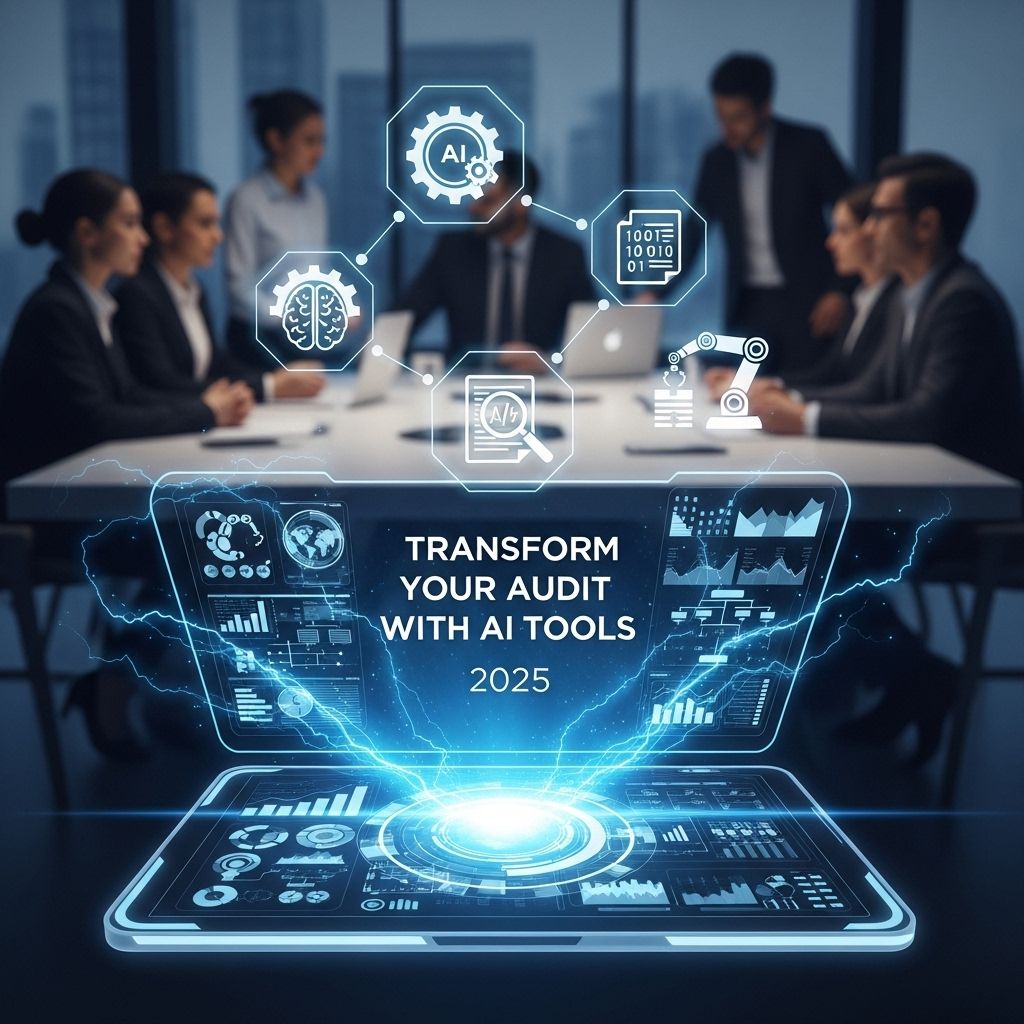Unlocking Smart Infrastructure with Digital Twin Innovations
Explore how digital twin technology is revolutionizing smart infrastructure, enhancing efficiency and sustainability in urban development.

In an era where cities are evolving into smart hubs, the concept of digital twins has emerged as a transformative approach to urban planning and infrastructure management. By leveraging real-time data, simulations, and advanced analytics, digital twins provide an intricate and dynamic representation of physical assets. This article explores the innovations powered by digital twins in smart infrastructure, showcasing their potential to revolutionize urban landscapes.
Table of Contents
Understanding Digital Twins
A digital twin is a virtual replica of a physical entity, system, or process. It integrates data from various sources to create a real-time representation that can be analyzed, monitored, and optimized. The primary components of a digital twin include:
- Physical Asset: The tangible object, such as a building, bridge, or vehicle.
- Data Integration: The collection of data from sensors, IoT devices, and other sources.
- Analytics and Simulation: Tools that process data to simulate conditions and predict outcomes.
- User Interface: The platform through which users interact with the digital twin.
The Role of Digital Twins in Urban Planning
Digital twins have become essential in urban planning, allowing city planners and policymakers to visualize infrastructure projects’ impact before implementation. Here are some significant applications:
1. Infrastructure Monitoring
With digital twins, cities can monitor the health of infrastructure assets like roads and bridges in real-time. This capability enhances maintenance planning and prioritization by:
- Identifying wear and tear before significant failures occur.
- Optimizing repair schedules to minimize disruption.
- Reducing maintenance costs through predictive analytics.
2. Traffic Management
Digital twins can help cities effectively manage traffic flows and optimize transportation networks. By analyzing real-time data, cities can:
- Adjust traffic signals based on current conditions.
- Predict congestion hotspots and devise mitigation strategies.
- Enhance public transportation efficiency.
Case Studies of Digital Twin Implementations
Several cities worldwide are already harnessing digital twins to improve infrastructure development and management. Here are notable examples:
| City | Project | Description |
|---|---|---|
| Singapore | Virtual Singapore | A comprehensive 3D city model that aids in urban planning, mobility analysis, and resource management. |
| Dubai | Smart Dubai | This initiative utilizes digital twins for integrated city management, focusing on sustainability and innovation. |
| San Francisco | City Digital Twin | Developed for public safety and emergency response, this allows real-time situational awareness during disasters. |
Benefits of Digital Twin Technologies
The integration of digital twin technologies into smart infrastructure provides numerous benefits:
Enhanced Decision-Making
With accurate simulations and data-driven insights, decision-makers can:
- Make informed choices regarding infrastructure investments.
- Evaluate the long-term impacts of policies and projects.
Cost Efficiency
Digital twins can lead to significant cost savings through:
- Reduced unexpected maintenance expenses.
- Lower construction costs by optimizing designs before physical work begins.
Sustainable Practices
By simulating different scenarios, digital twins can help cities adopt more sustainable practices, such as:
- Minimizing energy consumption.
- Optimizing water resource management.
Future Trends in Digital Twin Technology
The future of digital twin technology in smart infrastructure is bright, with several emerging trends that could further enhance their capabilities:
1. Integration with AI and Machine Learning
As AI and machine learning continue to evolve, they will enable digital twins to:
- Predict outcomes with greater accuracy.
- Learn from historical data to improve decision-making.
2. Increased Use of Augmented Reality (AR)
AR can provide dynamic visualizations of digital twins, allowing users to:
- Interact with data in real time.
- Visualize changes in the urban environment seamlessly.
3. Open Data Initiatives
Cities are increasingly adopting open data policies, which will enhance the effectiveness of digital twins by:
- Providing access to a broader range of data sources.
- Encouraging innovation and collaboration among stakeholders.
Challenges in Implementing Digital Twins
Despite their numerous advantages, there are several challenges to consider when implementing digital twins:
Data Privacy and Security
With the integration of vast amounts of data, concerns regarding data privacy and security have emerged. Strategies to mitigate these risks include:
- Implementing robust cybersecurity measures.
- Ensuring compliance with data protection regulations.
Interoperability Issues
Different systems and technologies may not seamlessly work together, leading to:
- Data silos that limit the effectiveness of digital twins.
- Increased complexity in system integration.
Conclusion
As cities continue to embrace digital transformation, the role of digital twins in smart infrastructure will only grow. Their ability to simulate, analyze, and optimize urban environments empowers decision-makers to create sustainable and efficient cities. By overcoming the challenges associated with data privacy, security, and interoperability, cities can unlock the full potential of digital twin innovations, paving the way for a smarter future.
FAQ
What is a digital twin in smart infrastructure?
A digital twin is a virtual representation of a physical asset, system, or process that uses real-time data to simulate its performance and behavior, allowing for improved decision-making and operational efficiency.
How do digital twins enhance smart infrastructure?
Digital twins enhance smart infrastructure by providing insights into real-time performance, enabling predictive maintenance, optimizing resource allocation, and improving overall system reliability and sustainability.
What industries can benefit from digital twin technology?
Industries such as construction, transportation, energy, and urban planning can significantly benefit from digital twin technology by optimizing operations, reducing costs, and enhancing safety.
What are the key components of a digital twin?
Key components of a digital twin include sensors for data collection, advanced analytics for processing data, simulation models for predicting behavior, and user interfaces for visualization and interaction.
How does IoT integrate with digital twins?
The Internet of Things (IoT) integrates with digital twins by providing the necessary data from connected devices, enabling real-time monitoring and analysis for better performance and decision-making.
What are the challenges of implementing digital twins in smart infrastructure?
Challenges of implementing digital twins include data integration from various sources, ensuring data accuracy, managing cybersecurity risks, and the need for skilled personnel to analyze and interpret the data.


